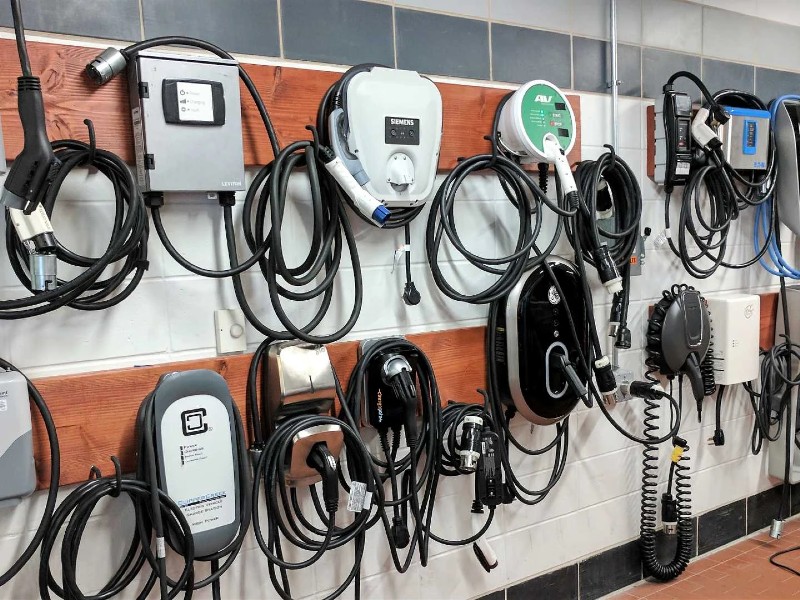Different types of domestic EV chargers
Electric vehicle (EV) chargers are devices that enable the recharge of electric vehicles. They can be installed in a home or business. The most common use of EV chargers is to charge batteries for electric cars, but they may also be used to charge batteries for other types of electric vehicles such as forklifts, golf carts and scooters.
The most common type of domestic EV charger is a wall mounted charger with a socket that fits into an electrical outlet. This type of charger is suitable for charging smaller vehicles such as scooters or motorcycles. It is also possible to install an on-board charger in an electric car, which makes it possible to charge the battery directly from mains electricity at home or at work.
The different types of domestic EV chargers are:
Type 1 – Mennekes
The most common plug used in Europe, usually a three pin continental European plug. This type of charger is usually restricted to 32 amps or less, and is only compatible with cars that have been manufactured to take this type of charger.
Type 2 – Schuko/CEE 7/16
This is the most common type of electric vehicle charging point in the UK, but it is also widely used across Europe. It has a larger plug than Type 1 and is therefore able to support higher amperage charging up to 63 amps. Type 2 is backward compatible with standard household plugs, so can be used with most older cars. However it requires an adapter if you want to use it with an older vehicle that doesn’t have a CEE 7/16 socket in its charge port.
Wall-mounted chargers: Wall-mounted chargers are typically installed inside a garage or in other areas where there is easy access to an electrical outlet. They vary in size, but most are about the size of a standard light switch. The installation process can vary depending on your needs. For example, some units come with built-in timers so that you can set them to charge at certain times during the day (such as overnight), while others allow you to choose your own settings. A few models even have Wi-Fi capabilities so that you can monitor charging from your smartphone or computer.
Charging pads: The second type of domestic EV charger is a charging pad. These pads consist of two parts: one part that attaches to your vehicle and another part that plugs into an outlet or cigarette lighter. The pad itself has built-in cables that connect directly to your vehicle’s battery terminals and provide a source of power for recharging purposes.



